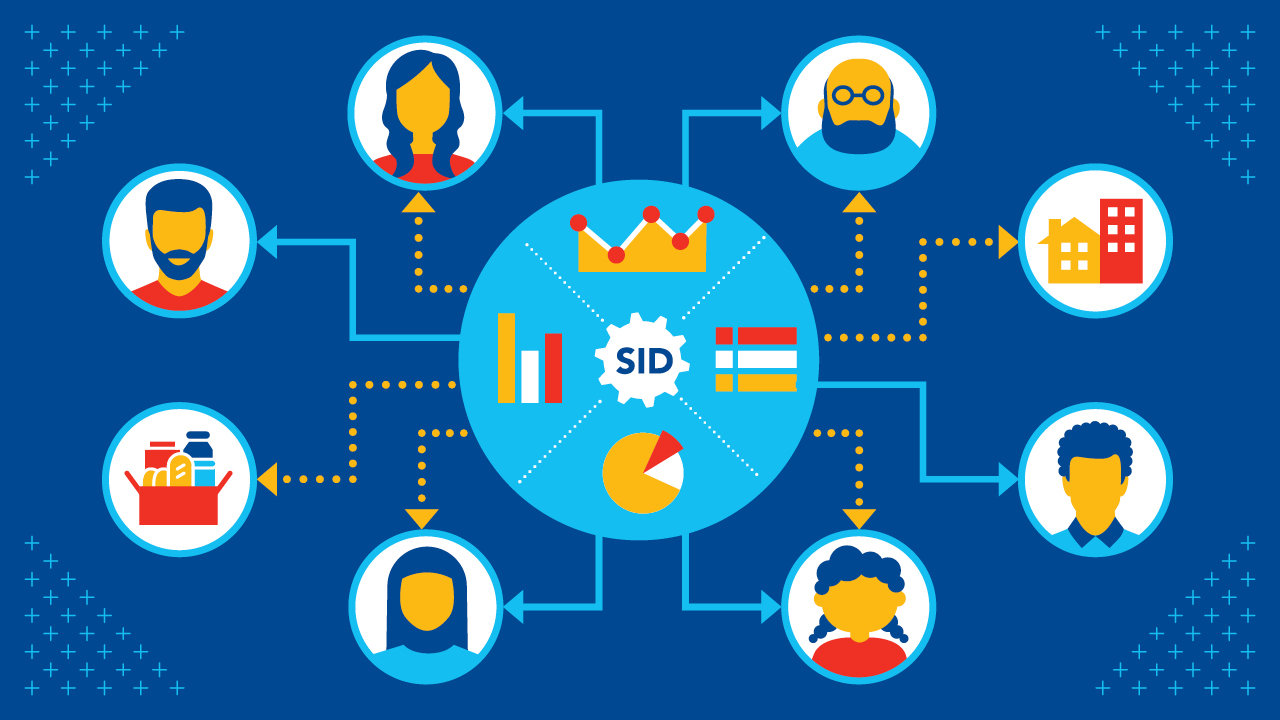
Collecting and using social identity data (SID) can be a powerful way to advance more equitable outcomes in the social and community services sector—and one that must be approached with care.
Through the Be Yourself, See Yourself pilot project, community agencies, funders and service users across Toronto have collaboratively tested tools and approaches to collecting and using SID.
This week, United Way Greater Toronto and the Canadian Philanthropy Partnership Research Network (PhiLab) released The Be Yourself, See Yourself Pilot Project: Challenges, Lessons and Implications from Collecting Social Identity Data, uncovering key learnings from the pilot.
Here, Isabel Cascante, United Way Greater Toronto’s Director of Research, Public Policy and Evaluation, offers a closer look at the potential for SID to advance equity—and what it takes to unlock this potential effectively and more consistently across the sector.
What is social identity data and why does it matter?
Social identity data refers to information on identity markers like gender, race, ethnicity, Indigenous identity, sexual orientation and immigration status. These are aspects of who we are that interact with each other and our environment to shape our experiences and needs.
We know that systemic inequities not only create distinct challenges for people from structurally disadvantaged communities—challenges that community agencies are there to support people with—but also permeate many spaces, processes and structures. The community sector is not immune to these realities.
When community agencies collect social identity data from service users, it allows them to see who is—and who is not—accessing their services. That’s a very important starting point for identifying service gaps and disparities. It also helps inform program design to ensure programs are appropriately tailored to those accessing them. All of this helps organizations avoid a one-size-fits-all approach. By tailoring services, organizations enhance their service delivery models and can begin to proactively dismantle systemic barriers and inequities.
What are the main challenges to collecting and using social identity data?
It takes a lot of care, learning and specific methodology to do this right. There are both ethical and technical challenges that have to be addressed. You’re asking people for information that is sometimes private and sensitive, and can also be misused—even unintentionally—in ways that can reinforce discrimination, disparities and even invoke traumas.
When we were developing this case study, we spoke to one service user involved in the pilot who said, “You know, sometimes those are very personal details. And they are helpful… That makes it a relationship-building process.” There needs to be a level of trust, and that trust needs to be earned by having a thorough strategy for how this information will be used, collecting it in a trauma-informed way, and being really transparent in how all of this is communicated. Service users are an important partner in this work.
On the technical side, you need appropriate tools and backend systems for handling this data, which is something that really varies across the sector. Staff also need to be appropriately trained in both the technical aspects of data collection and areas like cultural sensitivity, trauma-informed methods and data governance and privacy.
What is needed to make collection and use of social identity data a more widespread practice in the community sector?
This is something we’re going to be honing in on in the next phase of this data equity work, and the Be Yourself, See Yourself pilot uncovered a number of areas where more learning and experimentation between agencies, service users and funders is needed. One of those is around the tension between the benefits of standardization in data collection and the need for flexibility and customization depending on the agency and how the data will be used. Another is exploring whether SID can provide systems-level insights and implications for advancing equity beyond individual programs.
There also needs to be sustained investments in training and capacity building—ensuring the backend systems to support this work are in place and staff are trained in those ethical and technical aspects.
Lastly, we know that social identity data is most effective when part of a collective and clear strategy shared by funders, agencies and service users. We need to continue the conversation on the value of social identity data, and specifically how it can be leveraged as an equity strategy to help agencies make more informed, evidence-based decisions to shape interventions and improve program design and delivery. United Way is committed to driving this conversation forward and working with other funders, agencies and community to put what we’re learning into practice.
Isabel Cascante is the United Way Greater Toronto’s Director of Research, Public Policy and Evaluation. Her work is rooted in evidence, partnerships and a commitment to more equitable research practices.
